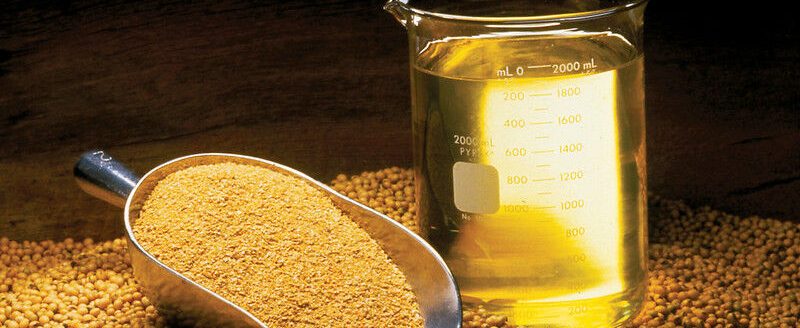How did an ancient Chinese oilseed evolve to become a premium product that is revolutionizing the way we fry and bake?
High-performing and versatile, high oleic soybeans are the product of extensive research and innovation. Around the world, more and more chefs are giving high oleic soybean oil a closer look for the stability, long shelf life and taste profile it provides – without the trans-fats of traditional soybean oil.
Once a niche industry, high oleic soybeans are gaining traction as more U.S. soybean farmers plant them and more processors accept them.
Today, they are planted in farm fields in 13 states, edging closer to the industry’s vision of planting 18 million acres to high oleic soybeans.
What’s entailed with growing high oleic soybeans? When it comes to this innovative new product, U.S. soybean farmers have the same commitment to sustainability, quality and supply as they do for conventional soybean crops. In addition, they are held to the highest standards of record keeping and bean segregation, which they meet through detailed record keeping and meticulous equipment cleaning.
High oleic soybeans are arguably one of the largest, and greatest, innovations the global soy industry has ever seen. Such innovation is only possible when the soy supply chain works together: the seed companies that developed high oleic soybean seed, the farmers who grow it, the crushers who process it and the chefs and other food industry professionals who use the oil for frying and baking. In addition, organizations like the U.S. Soybean Export Council, the soy checkoff and Qualisoy are collaborating to support the U.S. soybean farmers interested in growing high oleic soybeans and the international end-users interested in learning more about it and testing it in their own kitchens.
Learn more about the road to invention, and goals the U.S. Soy industry is setting for high oleic soybean oil in order to make this healthful, innovative product available for the global food industry.


